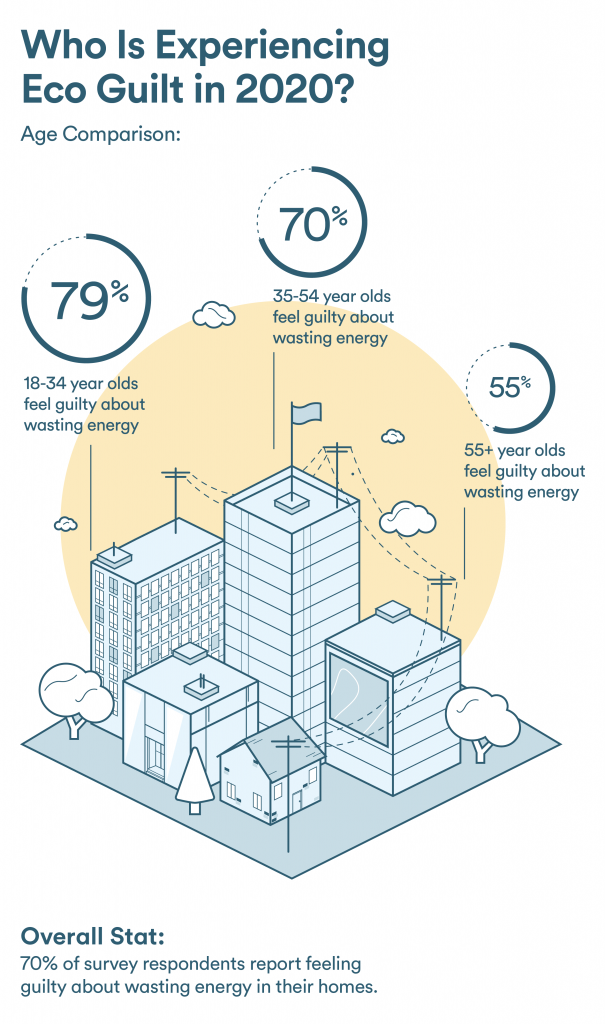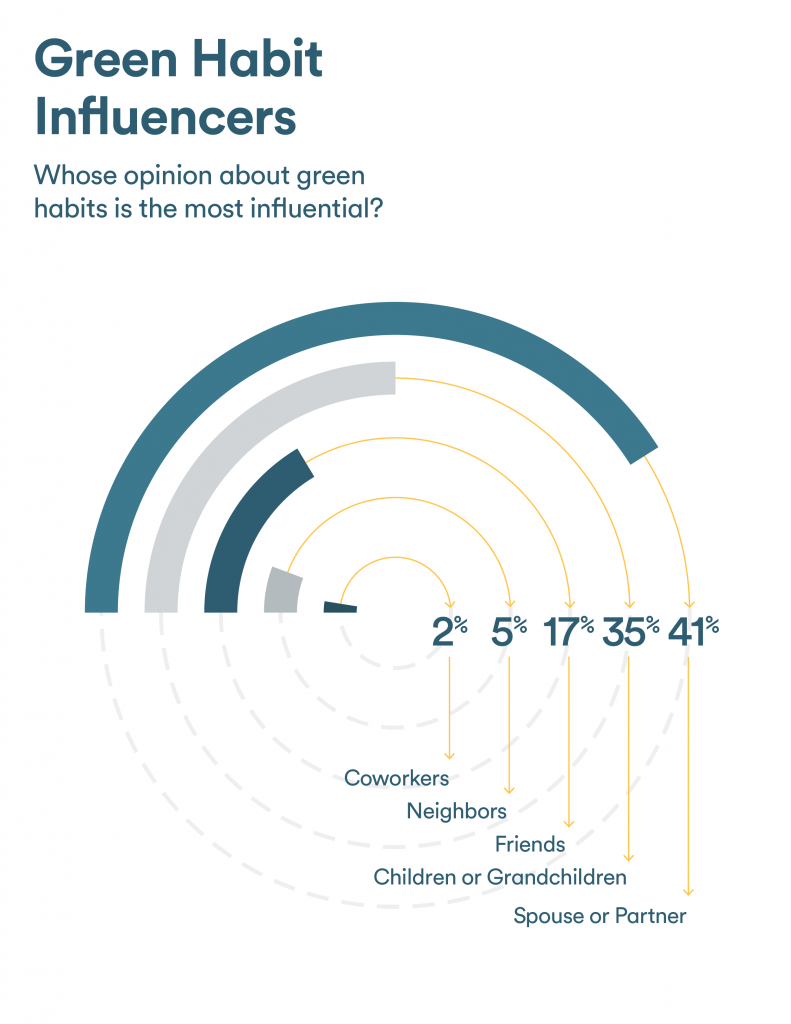The 14th community-based adaption event (CBA14) will call on local communities to use their collective power to hold climate decision makers to account.
Bangkok's low income communities are very vulnerable to climate change impacts (Photo: Siriwat Saisoonthorn, via Flickr, CC BY-NC-SA 2.0)
A run of international political events in 2019 marked key moments for influencing the climate action agenda, including this September’s UN Secretary-General’s climate summit and the UNFCCC conference in Spain (COP25).
The sequence will continue to build in this “super year” – with a critical UN biodiversity conference (COP15), the maturing of 21 Sustainable Development Goal targets, global ocean treaty negotiations, finishing with climate COP26 in Glasgow when countries will be held accountable to the carbon emissions reduction and adaptation pledges made in 2015.
Nations will be called on to raise their ambition to avoid the escalating climate crisis, including committing enough finance for developing countries to build resilient economies that benefit everyone.
These events must ensure that communities on the climate frontline get the support they need to build sustainable, successful livelihoods.
Midway into this series of events, how do things stand? Are these communities getting their asks on the policy table?
It’s been a mixed bag.
Local people and their representatives have pushed hard to get world leaders to listen to their priorities.
At last year’s annual community-based action event (CBA13), adaptation practitioners, researchers, grassroots representatives and local government planners gathered in Addis Ababa to exchange and develop tangible, locally tested solutions for dealing with the impacts of climate change.
Debates covered practical ideas for getting finance to the local level, explored how social protection can help people prepare for climate disasters, and how the private sector can be mobilised for adaptation that benefits the most vulnerable. Delegates called for greater participation of women and young people in decisions about spending and resources.
Many of these demands were reflected in the Least Developed Countries (LDCs) 2050 Vision – a bold and innovative plan for how the LDCs are going to achieve a climate-resilient future – endorsed by several developed and developing countries at COP25 in Madrid.
The vision calls for 70% of climate finance to be delivered to the local level and an ambitious "whole of society" approach to responding to the climate crisis. This approach recognises that all society institutions – public, private, customary and cultural – will need to work together to help people adapt to the new and escalating risks caused by a changing climate.
Community voices also influenced the high-profile Global Commission for Adaptation’s (GCA) Local Action Track. Drawing on evidence of successful programmes from the past, the Local Action Track will seek to push adaptation led by local people up the political agenda. It was launched at last week’s Gobeshona conference.
Top-down processes disappoint…
But these steps forward were often lost in the ’noise’ of a broader pessimism around major emitters’ wholly inadequate response to the crisis.
At September’s UN Climate Action Summit, developed countries did not raise commitments sufficiently to meet the urgency called for in the IPCC’s report on the impacts of 1.5°C warming. And COP25 in December saw slow progress with some countries, including the biggest polluters, undermining the talks.
Australia was among the nations frustrating progress at COP25 – while in the backdrop, deadly bushfires continued to rage across the country; the devastation still only meriting a half-hearted government response.
…but bottom-up momentum is building
Amid these setbacks, powerful social movements are building, letting governments know they will be held accountable for their inaction. As people have seen top-down decision making ignore their concerns, they have taken to the streets to demand change.
And this mounting discontent is proving to be a catalyst for change.
Fridays for Future and Extinction Rebellion can legitimately claim their part in many governments across the world declaring a climate emergency. Meanwhile, once marginal ideas such as the Green New Deal are going mainstream.
The message is powerful: decision makers take note – you will be held accountable for your climate decision making. Without concerted action – and soon – movements of people directly affected by climate impacts will grow willingness to create greater disruption than ever before.
The transition to carbon-free, resilient economies is a complex challenge. These kinds of problems can only be resolved by drawing on the knowledge, perspectives and will of the widest range of people and groups, and by building their capacity so they can fully engage.
We will need to consider how to reform our institutions so that greater decision-making power is put in the hands of those most affected by top-down decisions that aren’t working, to enable people to change course accordingly.
We must build climate responses that meet local needs and challenges, not just those of donors or senior ministers.
Communities: bring your voice to CBA14
This year's international community-based adaptation event (CBA14) will bring together climate adaptation practitioners to discuss what these solutions look like. We will explore how to take new adaptation technologies to scale, the role of social movements in working with governments, and how climate finance can flow to the local level – in the right ways and in the right amounts.
Participants will be able to set the standard for what effective participation looks like while building capacity on how to advocate for it. It will be an opportunity to use the strength of the CBA community voice to reflect on how well countries are embracing the transition to fairer economies.
CBA14 will allow community representatives who can’t attend COP26 to be part of a global festival of action, creatively spotlighting what is working on the ground and pushing for greater global ambition. CBA will link up with other key events, including Gobeshona and Development & Climate Days, to feed messages into policy dialogues leading up to the crunch COP in Glasgow.
2020 is set to be an intense year. Five years on from signing of the landmark Paris Agreement there is no assurance that any new policies will meet the needs of marginalised and vulnerable people most heavily impacted by climate change.
Collectively, the CBA community of practice has a voice and influence greater than the sum of its parts, speaking to internationally recognised processes and influential programmes such as LDC Initiative for Effective Adaptation and Resilience or the GCA’s 'Year of Action'.
Join us at CBA14 to add to the momentum that is building for a just transition to climate-resilient future.









